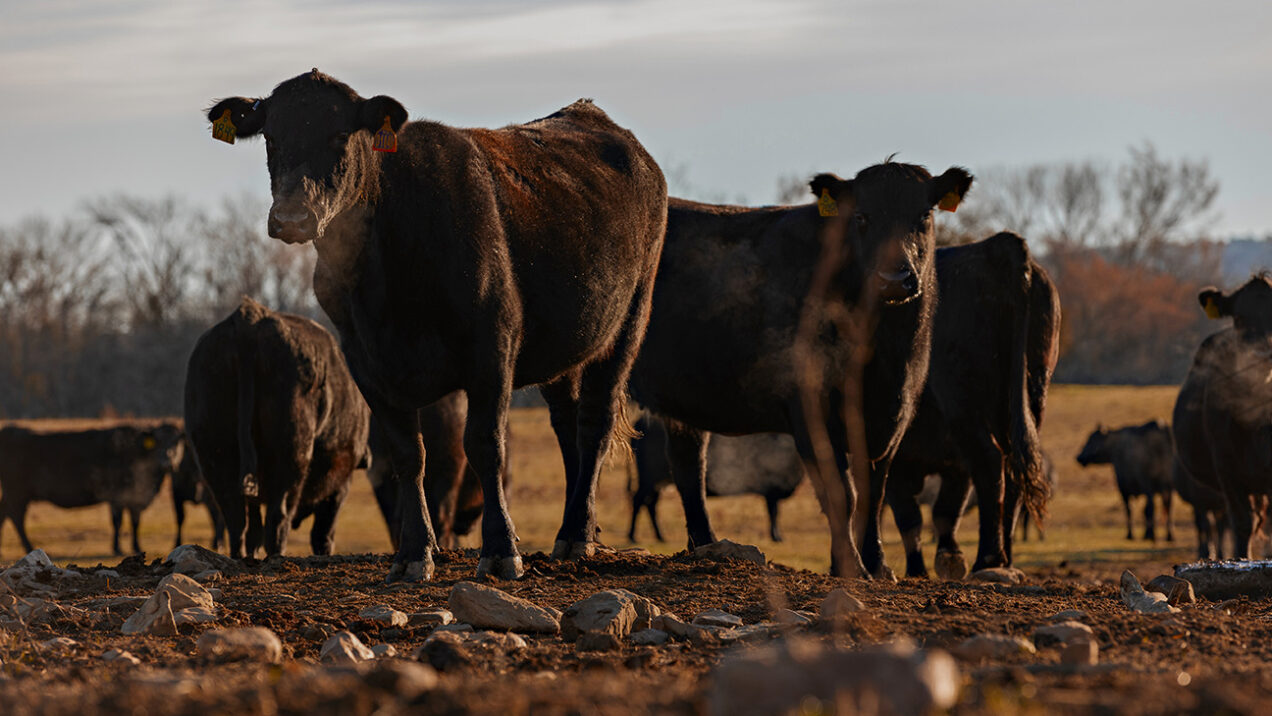It’s often difficult choosing what to write about within this section in the Newsletter for the third quarter (April, May, June). As so much happens out on the ranches during this time – from weaning fall-born calves to processing spring-born calves, turning bulls out, spraying/fertilizing pastures, marketing last years-spring calves and so on – the list becomes pretty dang long.
However, in early April, an amazingly interesting phenomena occurred. While witnessed by many, few were blessed to witness it the way we did. I’m of course referring to the total eclipse of April 8, which not only impacted many townships in Southeastern Oklahoma, but just happened to occur right in the middle of our estrous synchronization and artificial insemination (AI) activities on our replacement heifers.
Normally, we target the first week of April to accomplish this important management practice, but due to this year’s early Easter, we elected to hold-off for a week—not realizing at the time how disruptive the eclipse would be.
For those who have no experience with this reproduction process, it is imperative to its success that a strict regimen of sequential and time-sensitive events be precisely followed.
In other words: if you miss the timing on one, you can basically throw out all the rest.
These activities occurred at both our South Daisy and Hugo ranches, both within the zone of totality (especially Hugo). So when reports begin filing in that hotels, roadways, right-of-ways, parking lots, pastures and so forth were going to be filled with eclipse spectators – to the extent that “Port-A-Potties” would have to be put out on the side of roads – well, you can just imagine our concern.
Again, our synchronization process had already began, so – without significant cost and performance loss – we had already reached a point of no return.
We had several discussions about the best ways to complete the process—from sleeping in our vehicles to riding horses and four-wheelers to working pens, fencing-off our parking lots (which we did), cutting fences to drive through pastures… even pitching tents.
Ultimately, none of this was necessary and we got everything done without any major obstacles. But one thing it surely exhibited to me is that, at least in terms of how and why to plan a calendar, our world is definitely changing. Who would have thought so many people would travel that many miles to be in the dark? Don’t get me wrong: it’s great that the rural communities in Oklahoma and Texas were able to capture significant additional revenue from this event! But I’d have never thought it would end up being quite as disruptive. Well, hopefully it improves our AI conception rates!
